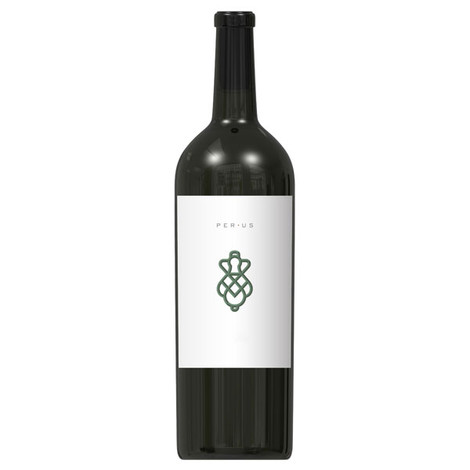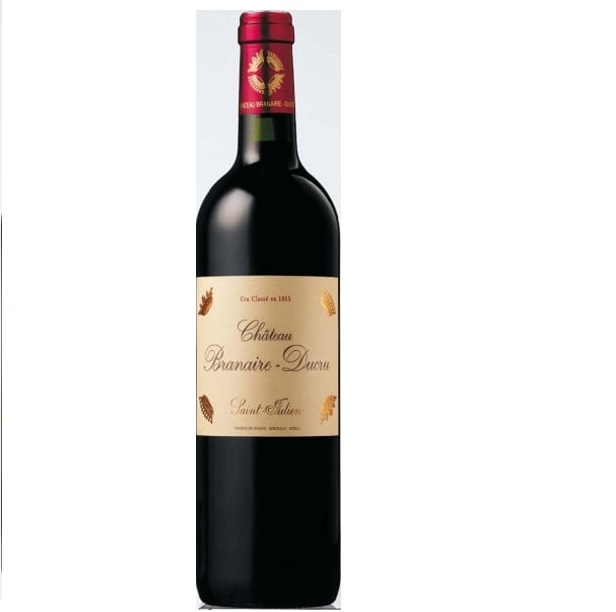2018 Perliss Estate Vineyard The Ravens Napa Valley Cabernet Sauvignon
$159.99
Out of stock
2018 Perliss Estate Vineyard The Ravens Napa Valley Cabernet Sauvignon
2018 Perliss Estate Vineyard The Ravens Napa Valley Cabernet Sauvignon The 2018 is a blend of the same juice aged in two different vessels for almost two years: 80% French oak barrels made by small-production coopers, and 20% Tuscan terra-cotta amphora. It is bottled unfiltered and unfined. While approachable now, the tannins innate to our wine would benefit from aging and promise a long drinking window.
Ravens Vineyard
The Ravens Vineyard, named after the ominous birds circling overhead, is situated in the hills above Calistoga, at the northern-most end of Napa Valley’s Mayacamas Range, and adjoining Knights Valley. Mount St. Helena looms over the 3 acre vineyard, planted in part of the 19th-century Rancho Mallacomes, where vineyard had previously grown. Vineyard rows are oriented 20 degrees west-of-north, ensuring full, even sun exposure. Planted on a knoll alongside an oak and madrone forest, the rows mount a slope comprised of volcanic, rocky and loamy soil. 24-hour temperatures can range well over thirty degrees, as cool nights and foggy mornings are followed by warm, sunny days. Valley winds provide good air-flow among the vines.
Low-vigor rootstock was planted in 2008 with the See clone grafted the following year. The closely-planted Cabernet Sauvignon vines are organically farmed and cane-pruned. Birds, bats, ladybugs and a retired racing Greyhound help keep the vineyard pest-free”
Cabernet Sauvignon
Cabernet Sauvignon is the world’s foremost red wine-grape variety. Though widely cultivated throughout the world, it is most commonly associated with the red wines of Bordeaux.
In the vineyard, Cabernet Sauvignon grapes are small, thick-skinned and decidedly blue-colored, with a high pip-to-pulp ratio. Its thick skin results in wines of profoundly deep color, and the pips add a high level of tannin.
It ripens late, which is advantageous in warmer climates like Bordeaux, France and California. In colder growing environments, Cabernet Sauvignon can easily fail to ripen properly. Unripe Cabernet Sauvignon shows a lot of the aromas similar to unripe Cabernet Franc, notably a green or herbaceous character. This may not be entirely surprising, as Cabernet Sauvignon’s parents are Cabernet Franc and Sauvignon Blanc.
Cabernet Sauvignon’s flavors can vary from region to another. Cabernet Sauvignon produced in Bordeaux’s Margaux appellation varies considerably from one grown farther north in Pauillac, for example. The best Cabernet Sauvignon wines tend to have deep color, good structure and a full body. They are tannic in youth, especially when aged in oak, and often require a few years to soften before they become enjoyable to drink. Typical flavors may include black fruits like blackcurrant or blackberry, as well as fragrant cigar box, tobacco and coffee.
Related products
2020 Jean-Claude Bachelet Chassagne-Montrachet 1er Cru Macherelles 2020 Jean-Claude Bachelet Chassagne-Montrachet 1er Cru Macherelles presents a finely tuned nose of citrus lemon, peach skin and touches of candle wax and crushed stone. The palate is clean and precise on the entry, then very smooth and harmonious, offering seductive peachy, mango notes. Not amazingly complex on the [...]
2019 Umani Ronchi San Lorenzo Rosso Conero 2019 Umani Ronchi San Lorenzo Rosso Conero Has a brilliant ruby red color with garnet tints. The nose is sweet, predominantly fruity, with typical notes of morello cherry. Rich and pulpy in the mouth, flavourful and pleasantly harmonious, with silky tannins. The long finish is austere and intensely [...]
2019 Ca’ del Baio Autinbej Barbaresco DOCG 2019 Ca’ del Baio Autinbej Barbaresco DOCG is a deep garnet red with reflections of old pink. The nose is an intense, fruity aroma reminiscent of raspberries, jam, and violets that give an ethereal feeling accompanied by sweet spicy notes and hints of cocoa. In the mouth, Autinbej is [...]



